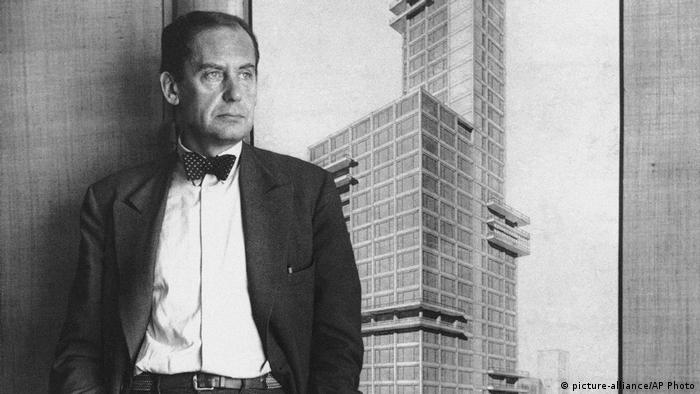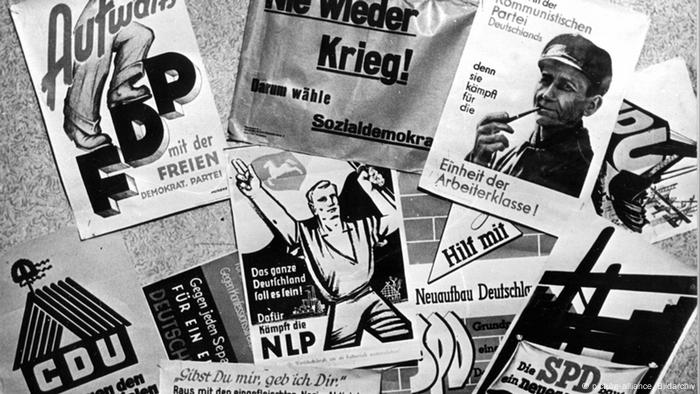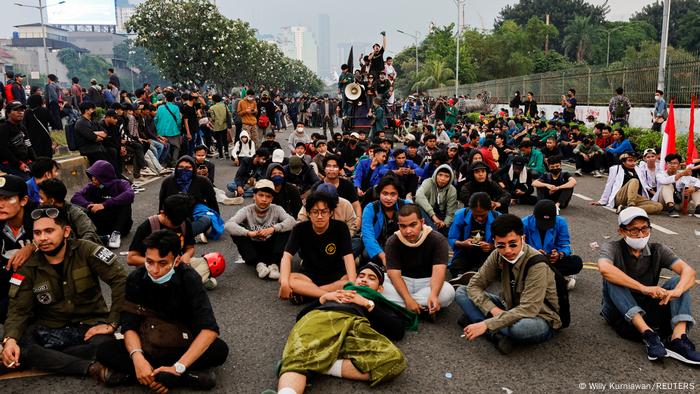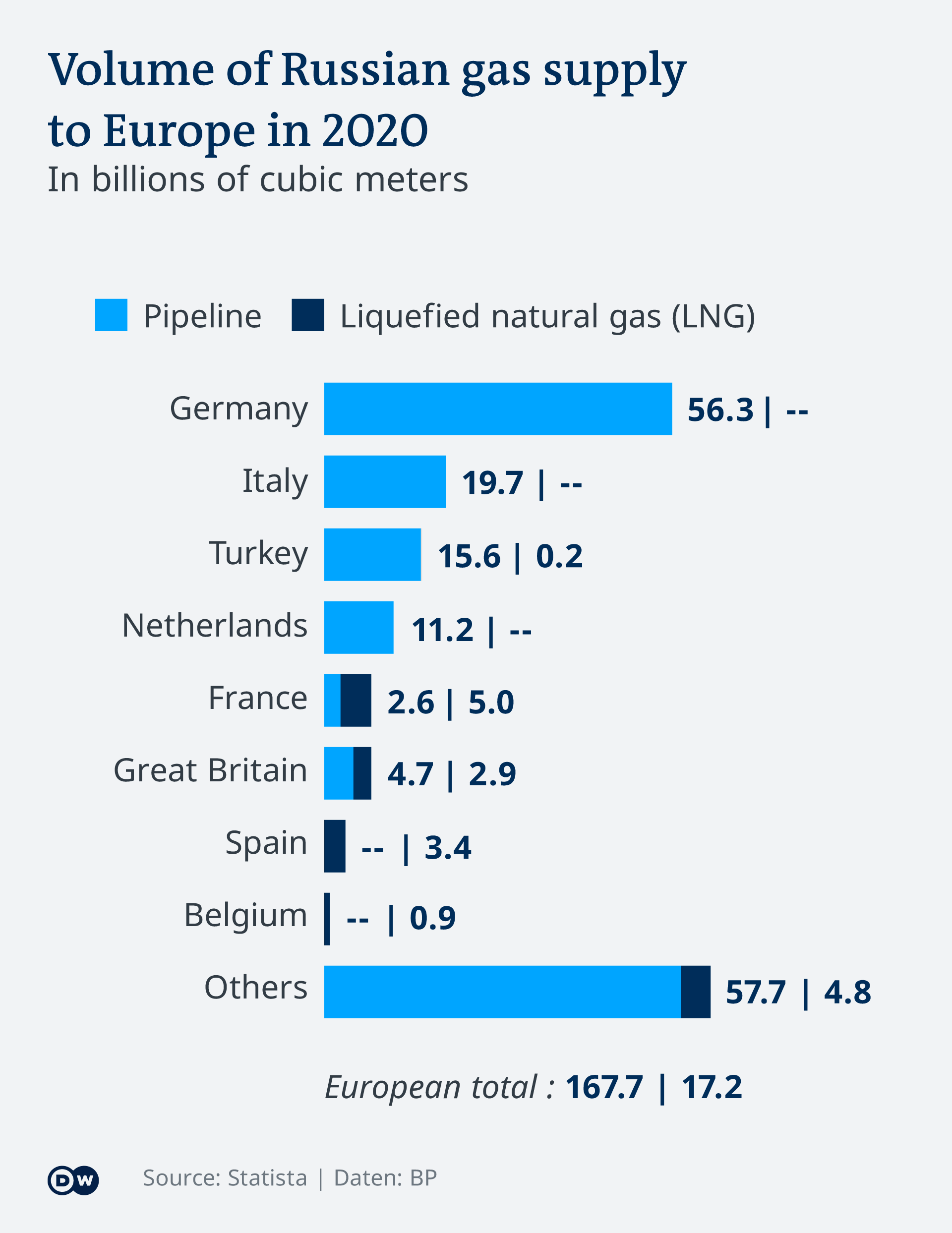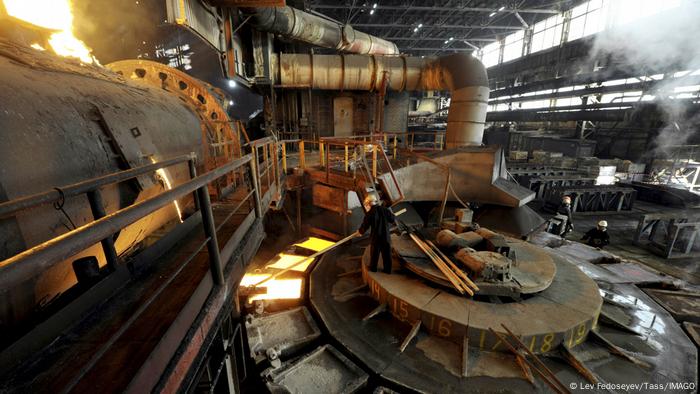Even in ancient times, merchants listed their goods on stone plaques to attract customers. Centuries later, the first advertising posters were unveiled, as a new exhibition shows.
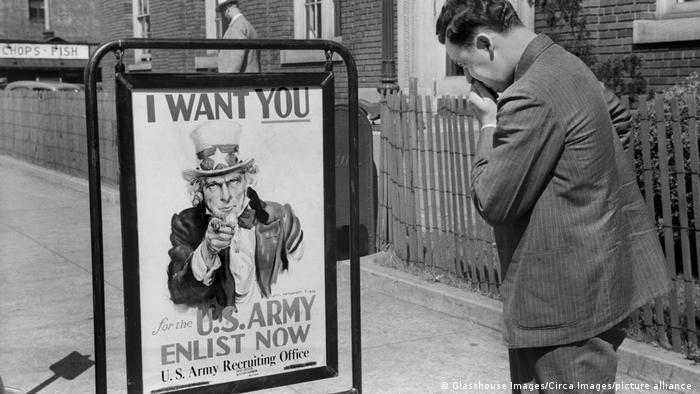
A man looking at the famous US army recruitment sign in Michigan, in 1940
Uncle Sam's intense gaze is inescapable in an image where his outstretched index finger conveys a clear message: "I Want You for the U.S. Army."
The 1917 poster reminded young men of their patriotic duty to fight for the homeland in World War I. Designed by New Yorker James Montgomery Flagg, who is said to have modeled Uncle Sam on his own face, the US Army also advertised with this poster during World War II — and still does to this day. The cult ad is world-famous.
So it's no coincidence that the Museum Folkwang in Essen in western Germany picked "We Want You!" as the title for its current exhibition on the history of posters, presenting designs derived from cartoons, illustrations and historical photographs from the 18th century up to present-day — along with perspectives for the future.
After all, according to curator Rene Grohnert, posters will always exist — even when they take on a digital form. He strongly believes in the saying, "A picture is worth a thousand words."
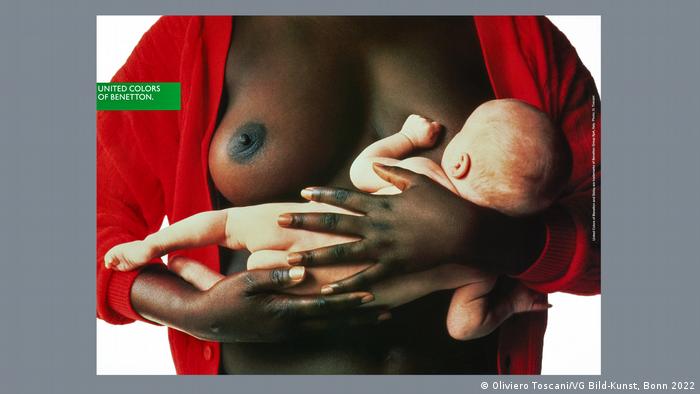
A United Colors of Benetton advertisement from 1989 was the work of Italian photographer and art director, Oliviero Toscani
Ancient stone tablet origins
The ancestors of the poster were stone tablets on which ancient Egyptians scratched symbols.
The Romans put up wooden plaques with public notices in busy squares, and in the Middle Ages poster-like notices would hang on market squares or in front of churches.
But the modern poster first appeared in the mid-15th century, with the invention of the printing press by Johannes Gutenberg.
Then around 1796, Bavarian musician and playwright Alois Senefelder invented lithography, a vital technology for modern poster design and a precursor to modern offset printing.
Inspired on a rainy day when observing how the image a leaf was outlined on a piece of limestone, the process he created allowed the reproduction of a drawn motif on a stone slab to be transferred onto paper.
From then on, Senefelder's invention enabled the mass reproduction of posters for everything from event promotion to politics.
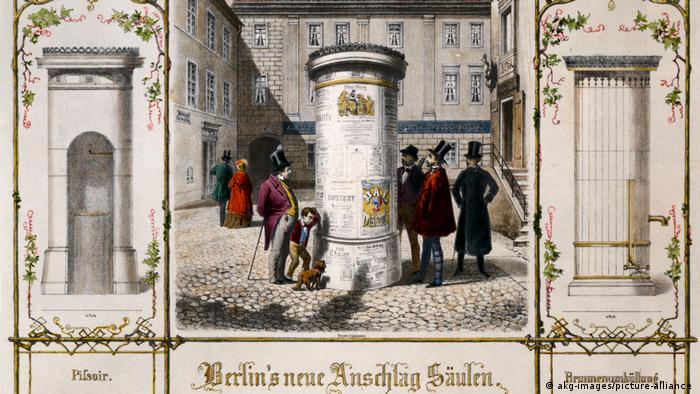
German printer Ernst Litfass invented advertising columns in 1854
Early poster design was initially managed by printers and lithographers. But they were unable to meet the growing quality demands of customers, leading an increasing number of artists to be hired to design posters as well.
French artist Jules Cheret became known as the father of the modern poster. He founded his own lithography workshop in 1866 and created around 1,200 posters in 40 years.
Equally well known was Cheret's compatriot, Henri de Toulouse-Lautrec, who wrote poster history with his artworks for the famous Parisian variety shows at the Moulin Rouge. He spent almost every evening capturing the energy of the extravagant nightlife in the Montmartre theater in his drawings.
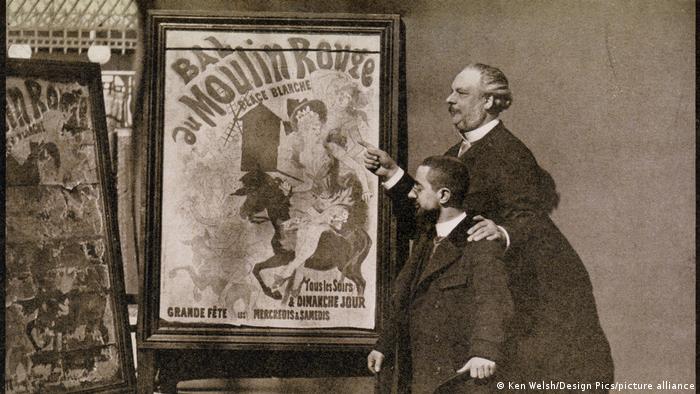
Henri de Toulouse-Lautrec (l) redefined lithography and poster art in works advertising Paris' Moulin Rouge night club
In Germany, Art Nouveau motifs became popular around the turn of the century. One of the most famous posters of the era was one designed by Alfons Mucha for the play "Gismonda," starring then world-famous actress Sarah Bernhardt. All the publicly displayed copies of the poster were quickly stolen by art lovers.
The poster as advertising
Posters with elaborate designs by artists are still created for museums and theaters today but the focus of posters since the 1920s has been advertisement, with the brand and the product replacing lavish ornamentation, notes curator Rene Grohnert.
Throughout the 20th century, the poster kept evolving, with advertising influenced by the art movements of its time, from Bauhaus style to Art Deco.
10 ESSENTIAL FACTS ABOUT BAUHAUS
It started as an actual school
In 1919, Walter Gropius became the director of a new institution, the Staatliches Bauhaus, also simply known as the Bauhaus, which merged the former Grand Ducal School of Arts and Crafts and the Weimar Academy of Fine Art. Even though Gropius was an architect and the term Bauhaus literally translates as "construction house," the school of design did not have an architecture department until 1927.
12345678910
Some played with psychedelic motifs during the 1960s counterculture; others became even more provocative in the 1980s, advertising with AIDS patients.
But posters were not only designed to advertise goods but also political messages: The Nazis used them for propaganda purposes, as did the communist regimes of the Eastern bloc. The youth of the 1960s (and later generations) hung posters of the revolutionary Che Guevara on their walls. Other famous posters of the time spoke out against against nuclear weapons, the Vietnam War, pollution and overpopulation.
Mass media then changed the entire approach of advertising, with television bringing product advertising directly into people's living rooms.
The poster, however, remained. "It was then less to provide information than to remind people of something they had previously seen," says Grohnert.
Posters can still be seen on advertising pillars, invented back in 1854, though today these relics have been updated and now rotate in the 21st century with the posters illuminated from behind.
But the future looks different, says Grohnert. "The poster has been integrated into an overall concept," he says, noting how at a bus or train stop an illuminated advertising poster can be combined with information and "roof greening" to create "a piece of street furniture."
In the age of digitalization, the poster is far from old hat.
The poster exhibition "We Want You!" runs at the Folkwang Museum Essen until August 28, 2022.
ELECTION POSTERS: GERMAN POLITICS OVER THE YEARS
The 1940s — Reconstruction
After the Second World War, Germany lay in ruins. Many things had to be rebuilt — including the political party landscape. When the first Bundestag or Parliament was formed in 1949, none of the parties could secure a third of the public votes. Coalitions had to be formed. The issues, however, were similar: reconstruction, economic integration, and the desire for a united Germany.
123456789101112131415
This article was translated from the German.
